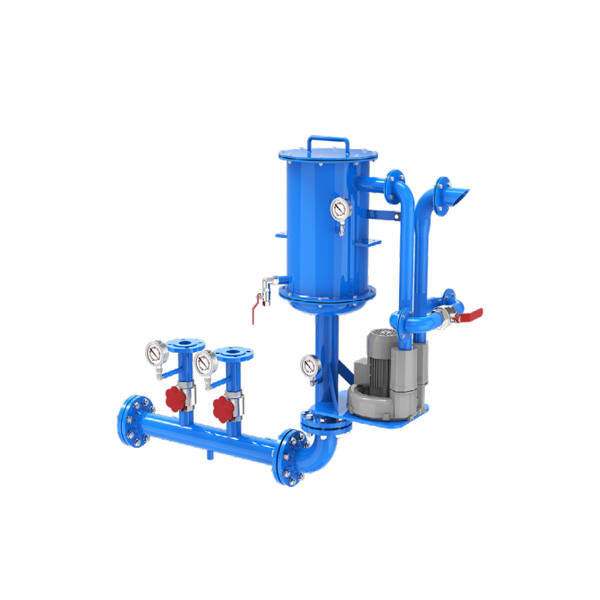In today's competitive business landscape, the pursuit of high profit is not merely a goal; it is a necessity for survival and growth. Companies across various sectors are constantly seeking innovative strategies to maximize their profitability while ensuring sustainability. This article delves into multifaceted approaches to achieving high profit, focusing on strategic planning, operational efficiency, market positioning, and customer engagement.
- Strategic Planning: The Foundation of Profitability
Strategic planning is the cornerstone of any successful business model. It involves setting long-term goals and determining the best course of action to achieve them. Here are key elements to consider:
- Market Analysis: Conduct thorough market research to identify trends, customer preferences, and competitive dynamics. Understanding your market landscape allows you to position your offerings effectively.
- Value Proposition: Clearly define what sets your product or service apart from competitors. A compelling value proposition can justify premium pricing and foster customer loyalty.
- Financial Forecasting: Utilize financial modeling to project revenues, expenses, and profit margins. This helps in making informed decisions about resource allocation and investment opportunities.
- Operational Efficiency: Streamlining for Success
Operational efficiency is crucial for maximizing profit margins. By optimizing processes and reducing waste, businesses can significantly enhance their bottom line. Consider the following strategies:
- Lean Management: Implement lean principles to eliminate inefficiencies in production and service delivery. This approach focuses on value creation while minimizing waste, leading to cost savings.
- Automation and Technology: Invest in technology that automates repetitive tasks and enhances productivity. From customer relationship management (CRM) systems to inventory management software, the right tools can streamline operations and reduce labor costs.
- Supply Chain Optimization: Strengthen your supply chain by negotiating better terms with suppliers, reducing lead times, and improving inventory management. A well-optimized supply chain can lower costs and improve service delivery.
- Market Positioning: Capturing the Right Audience
Effective market positioning is essential for attracting and retaining customers. Understanding your target audience and tailoring your marketing efforts can lead to higher sales and profitability.
- Segmentation and Targeting: Identify specific market segments that align with your offerings. Tailor your marketing strategies to address the unique needs and preferences of these segments.
- Brand Development: Invest in building a strong brand identity that resonates with your target audience. A well-established brand can command higher prices and foster customer loyalty.
- Digital Marketing: Leverage digital marketing channels such as social media, email marketing, and search engine optimization (SEO) to reach a broader audience. Effective online presence can drive traffic and increase sales.
- Customer Engagement: Building Lasting Relationships
Engaging with customers is vital for driving repeat business and referrals. A strong customer relationship management strategy can lead to higher profitability.
- Personalization: Use data analytics to understand customer behavior and preferences. Personalizing communication and offers can enhance customer satisfaction and loyalty.
- Feedback Mechanisms: Implement systems to gather customer feedback regularly. Understanding customer pain points allows you to make necessary adjustments and improve your offerings.
- Loyalty Programs: Develop loyalty programs that reward repeat customers. These programs not only incentivize purchases but also foster a sense of community around your brand.
- Continuous Improvement: Adapting to Change
The business environment is dynamic, and continuous improvement is essential for sustained profitability. Embrace a culture of innovation and adaptability.
- Performance Metrics: Establish key performance indicators (KPIs) to measure success across various aspects of your business. Regularly review these metrics to identify areas for improvement.
- Employee Training and Development: Invest in your workforce by providing training and development opportunities. A skilled and motivated team can drive innovation and improve operational efficiency.
- Market Trends: Stay abreast of industry trends and emerging technologies. Being proactive in adapting to changes can position your business ahead of the competition.
Conclusion
Achieving high profit is a multifaceted endeavor that requires strategic planning, operational efficiency, effective market positioning, and strong customer engagement. By implementing these strategies and fostering a culture of continuous improvement, businesses can unlock the secrets to sustainable profitability. In an ever-evolving marketplace, those who adapt and innovate will not only survive but thrive, ensuring long-term success and growth.




